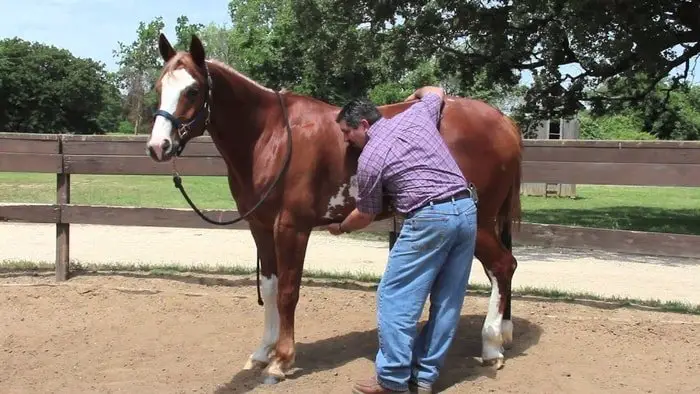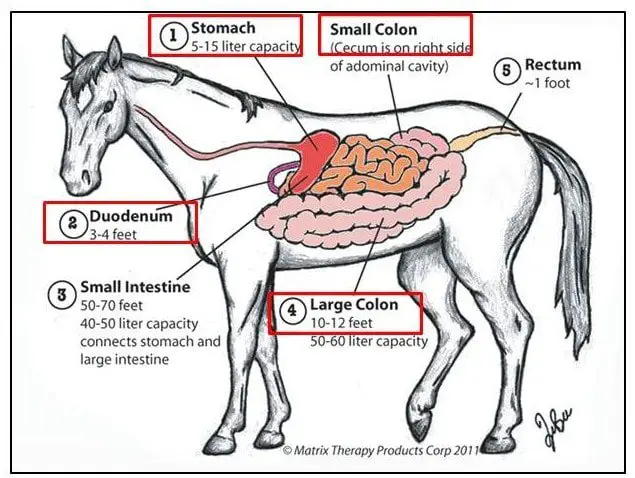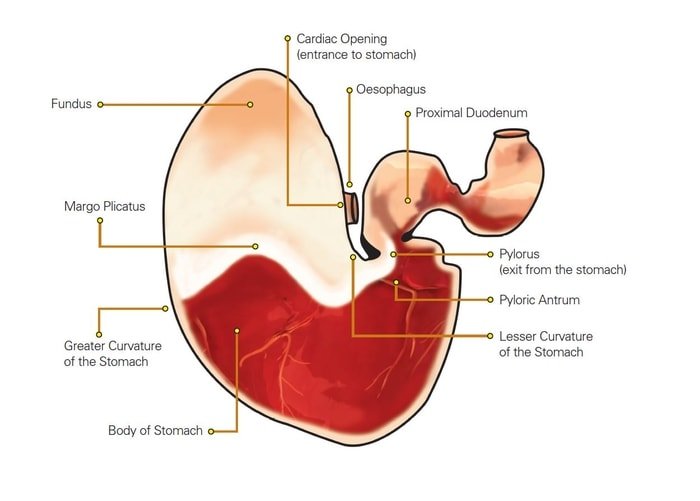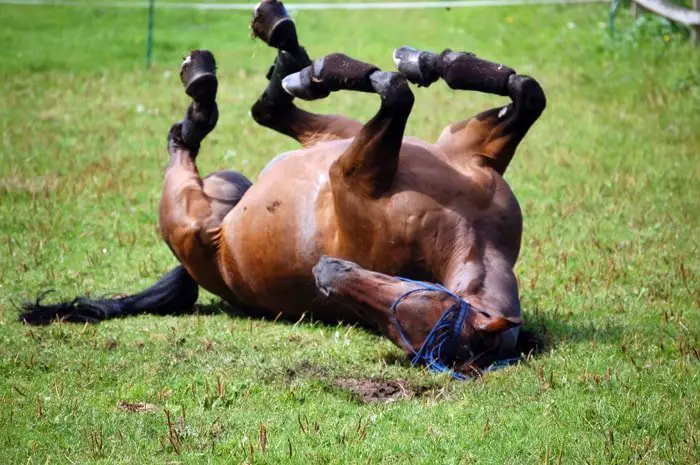Ulcers in horses is a very common disease in horses and foal causes gastric and duodenal ulcer disease is the primary digestive problem in the neonatal foal. This disease displays nonspecific signs including abdominal colic, poor body condition, poor appetite, mild weight loss, and change in behavior.
Equine Gastric Ulceration
The sign of gastroduodenal disease varies depending on the foal and disease process. Lessons affecting the pylorus and duodenum are the more classical, resulting in impaired gastric emptying. The lesions frequently are mild or there are few clinical signs beyond odontoprisis (bruxism) or change in appetite.

Causal Agent and Pathogenesis of Ulcer in Horses
The specific etiology of gastric ulceration in horses is unknown. Gastric acid hypersecretion, disturbances of gastric mucosal blood flow, and gastric emptying disorders are potentially involved in the initiation of gastric ulceration. Furthermore, after ulceration occurs, gastric acid prevents the healing of the gastric mucosa. Other disease processes (eg. foal diarrhea and neonatal sepsis) and stressful conditions (eg horses in race training) are factors commonly associated with a higher incidence of ulceration.
Clinical signs of Ulcer in Horses
Clinical signs in foals with gastric ulcers depend upon the region of the stomach involved. In most foals in gastric ulcers, lesions are distributed throughout the squamous mucosa. The majority of these foals are asymptomatic.

Symptomatic foals with squamous ulceration usually exhibit diarrhea, poor growth, rough hair coat, a “potbelly” appearance, and sometimes bruxism and colic. Although ulceration of the glandular mucosa and/or duodenum is the least common, these lesions result in more severe clinical signs ( ie bruxism, dorsal recumbency, salivation, and anorexia).
Diagnosis of Equine Ulcers
Gastroduodenal ulceration is diagnosed by observation of typical clinical signs, endoscopic findings, and response to therapy. A presumptive diagnosis of gastric ulceration can be made when typical clinical signs are observed, other causes of these signs are ruled out, and a response to administration of agents used to treat gastroduodenal ulceration is observed. Confirmation of the presence of gastroduodenal ulceration is made by endoscopic examination.
Ulcer Treatment for Horses
The therapeutic strategy for gastric ulcerations reduction of gastric acid secretion thereby allowing healing of the damaged mucosa. This can be accomplished by H2 receptor antagonists, including cimetidine, ranitidine, famotidine, and nizatidine. Appetite, signs of colic, and diarrhea should begin to improve within 48 hr of therapy which should be continued for about 3 weeks.

Assessment of ulcer healing via endoscopic examination is useful for determining the duration of therapy. Other drugs may be useful in combination with H2 receptor antagonists. Sucralfate has been used in combination with H2 receptor antagonists for the treatment of gastric ulcers in horses. Antacids have limited efficacy in the treatment of gastric ulcers in horses: however, they may neutralize gastric acid and reduce the likelihood of recurrence of gastric ulceration after histaminergic-2 receptor antagonist therapy.
Prognosis of Ulcer in Horses
The prognosis with gastric ulceration is good if appropriate therapy is continued for an adequate period of time and if complications do not develop. On the other hand, animals with duodenal ulceration are less responsive to therapy and more likely to develop complications. Complications that may result from gastroduodenal ulceration include Gastroesophageal reflux, megaesophagus with aspiration pneumonia, gastroparesis, pyrrolic or duodenal stricture, gastric or duodenal perforation, and ascending cholangitis and hepatitis.

Concluding Remarks on Ulcer in Horses
Equine gastric ulcer is a very common disease for the horse owner. Correct identification and timely treatment may save the life of your horse. The more delay in diagnosis and treatment will deteriorate the condition. A balanced ration, timely food habit, and clear food will reduce the risk of gastric ulceration of your horse. If you like the article, please share this information via social media.